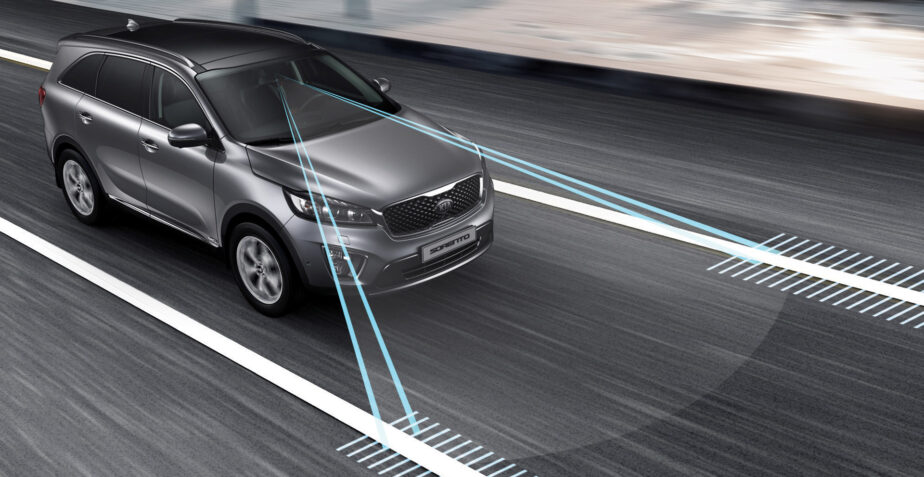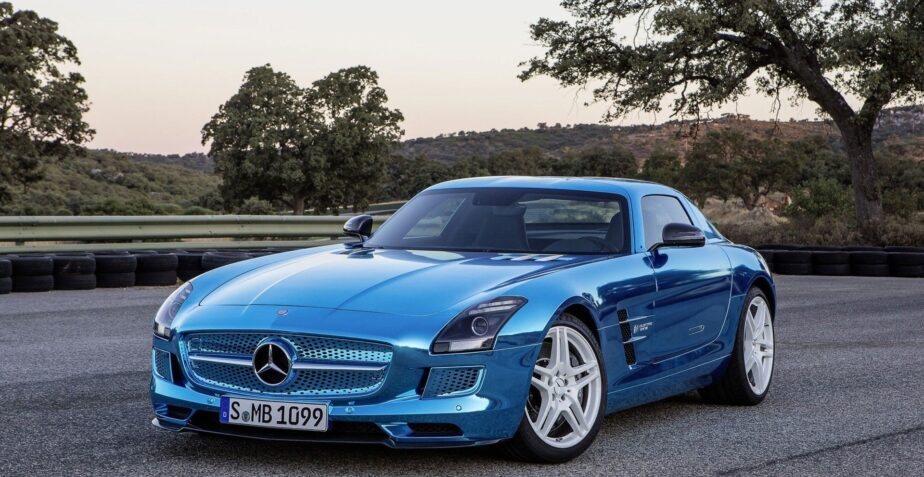-

ADAS Repair Recommendations
mark February 27, 2017This is a recommended process that should be followed when fitting or refitting windscreens. 4.1 Understanding a) Understand as to whether the vehicle has ADAS…
-
e-tags take their toll
mark March 18, 2014It's a job even MacGyver would struggle at. How do you remove that locked-on sticky bit of plastic that holds the e-tag device to your…
-
Notice: Trying to access array offset on value of type bool in /home/windscre/public_html/wp-content/themes/autoglass/inc/aq_resizer.php on line 119
Notice: Trying to access array offset on value of type bool in /home/windscre/public_html/wp-content/themes/autoglass/inc/aq_resizer.php on line 120
A peek into the future
markAugmented reality windshields, biometric sensors If you’re dazzled by all the high-tech innovations found in new cars today—such as Bluetooth, Blind Spot obstacle detection, Active…
-

Auto glass industry forms assn
mark March 17, 2014The Australian auto glass industry has joined forces to launch Australia’s largest independent association for the industry, the Auto Glass Association (AGA). National franchises and…
